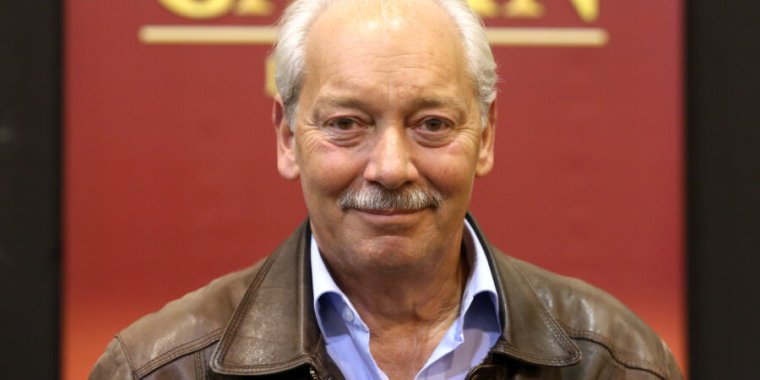
Picture Alliance via Getty Images
I was in my early 30s when I first played The Settlers of Catan. I had been at a bar with a small group one freezing winter night in 2012 in Buffalo, New York. One of us, eager to share his recent obsession, declared it was time for the outing’s next stage. We went to his barely unpacked new apartment nearby. He pulled the game from a plastic tote, opened it on a wobbly dinette table, and laid out the board, apologizing for the moisture-warped edges. I took a picture (on my HTC Thunderbolt) because, having had a few, I wanted to ensure I’d remember this game with the wooden pieces and weird amount of sheep.
Kevin Purdy
It was an inauspicious start to the rest of my board gaming life. Growing up in the ’80s and ’90s, then starting my young adult life in the early 2000s, I’d regarded board games as something you do in situations where you can’t do anything else: power outages, cabins in the woods, gatherings with people without known shared interests. They weren’t really going to be fun, and you wouldn’t necessarily play them, but someone would get to be the winner, and time would pass. Catan changed that—for me and for what are now legions of modern board game enthusiasts.
From a German basement to 32 million copies
You may have seen the news this week that Klaus Teuber, the German designer who created The Settlers of Catan (now just Catan), died on April 1 at age 70. Teuber developed Die Siedler von Catan in the early 1990s, playing with ideas of Icelandic settlements, tinkering in his basement while working full-time at a dental lab. He’d bring up new iterations for his wife and kids to test every weekend, he told The New Yorker. The breakthrough, he said, was using hexagonal tiles instead of squares.
Uta Rademacher via Getty Images
Teuber has created other memorable games, with two pre-Catan titles winning the top board game prize in Germany (and the world), the Spiel des Jahres. But Catan was the right game at the right time. Its 1995 release gave it time to infiltrate European gamers, then American Eurogame enthusiasts, and then, crucially, the still-nascent Internet. BoardGameGeek.com wouldn’t show up until 2000, but by then, Catan had done its groundwork. It offered a face-to-face, objects-on-a-table counterpoint to a culture rapidly accepting online chatter and screen-based gaming. A 2009 feature in the Wall Street Journal captures the game just as it had overtaken Silicon Valley (with cameos from StumbleUpon, Zynga, RapLeaf, and other terribly 2009 names).
Guido Teuber, Klaus’ son, said that sales spiked in Silicon Valley in 2007 to 2008, just after the game became available on Amazon and in Barnes & Noble. He told the Journal he was initially surprised by the “techie interest” but “then we saw how they need social interaction after sitting all day in front of a monitor.”
Roland Weihrauch/picture alliance via Getty Images
What makes Catan (and Eurogames) different
The simplest way to explain what makes Catan and other “Eurogames” different from mainstream US board games is that they are relatively easy to learn yet offer many layers of deeper strategy for those who keep playing. They also typically don’t let players be removed from the game before the final score tallying, they have a greater reliance on strategy, resource management, and risk/reward consideration than luck, and they feature less direct conflict between players.
Peruse the list of Spiel des Jahres winners and finalists since Catan‘s 1995 release, and you’ll get the gist of the types of games I’m talking about: Carcassone, Puerto Rico, Ticket to Ride, Dominion, Pandemic, Forbidden Island, 7 Wonders, Terraforming Mars, Azul, Wingspan. It’s possible to win these games your first time playing, but experienced players have an edge, softened just a bit by luck. They give you something to think about when it’s not your turn, so you’re not just waiting, but many such games are not so demanding as to preclude pizza, beer, and side conversations. And they have a time of play printed on the box, typically 90 minutes or less, that is realistic (at least when everyone knows the rules).








